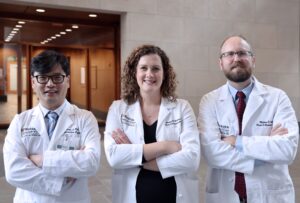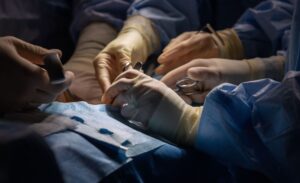Continuing a Tradition of Excellence
Plastic surgery has long played an important role in medicine. Dr. Vilray Blair, our first chief of the Division of Plastic Surgery, was also one of the founders of the specialty in the United States. His surgical innovation during World War I set the standard for complex maxillofacial reconstruction and was a catalyst for the innovative advancements at Washington University School of Medicine.
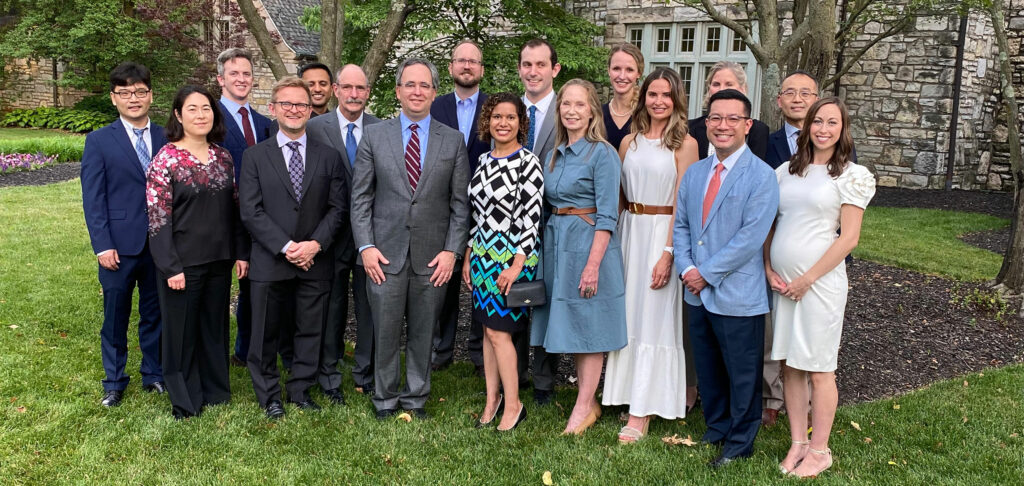
Carrying On the Vision
The Division of Plastic and Reconstructive Surgery continues today as an internationally recognized center for reconstructive education and research; Vilray Blair’s legacy is carried on by division chief Justin M. Sacks, 19 faculty members and more than 65 resident graduates.
2020
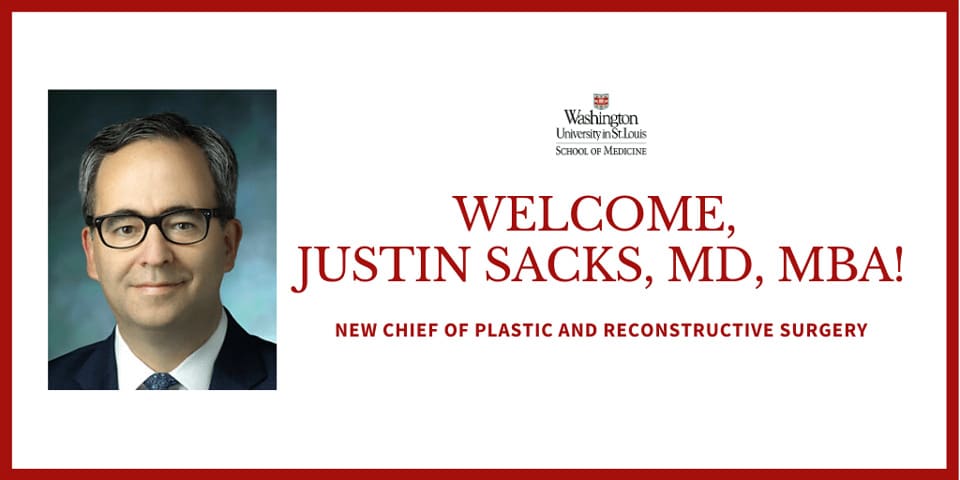
Justin M. Sacks appointed as sixth chief of the Division of Plastic and Reconstructive Surgery.
Justin M. Sacks, MD, was appointed as chief of the Division of Plastic and Reconstructive Surgery in 2020. He currently leads the department of 10 subspecialties and 19 faculty.
1996
Susan E. Mackinnon appointed as fifth chief of the Division of Plastic and Reconstructive Surgery
Credited with developing novel nerve transfer techniques, Susan E. Mackinnon, MD, became the fifth chief of the Division of Plastic and Reconstructive Surgery and held this appointment for 22 years.
1970
Paul M. Weeks appointed as fourth chief of the Division of Plastic Surgery
Paul M. Weeks, MD, held this position through 1996.
1968
John E. “Jack” Hoopes appointed as third chief of the Division of Plastic Surgery
Jack Hoopes, MD, remained chief until 1970.
1955
James Barrett Brown appointed as second chief of the Division of Plastic and Reconstructive Surgery
Regarded as one of Vilray Blair’s brightest pupils, James Barrett Brown, MD, became the second appointed chief of the Division of Plastic and Reconstructive Surgery at Washington University, a position he held until 1968.
1938
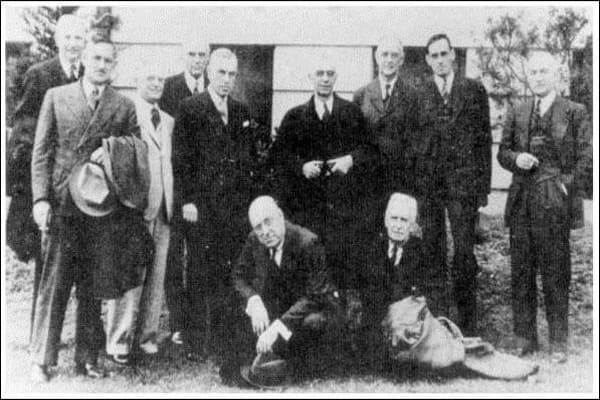
First ABPS Meeting
At an AAPS meeting in 1937, Vilray P. Blair, MD, laid the foundation for the American Board of Plastic Surgery (ABPS), which now oversees residency training and faculty qualifications. The first ABPS meeting was held in 1938. Originally a subsidiary of the American Board of Surgery, the ABPS received independent specialty board status in 1941.
1929
Split-thickness skin grafting technique developed by Vilray P. Blair and James Barrett Brown
Vilray P. Blair, MD, and James Barrett Brown, MD, developed a split-thickness skin grafting technique that is still used today.
First repeatable cleft lip repair reported by Vilray P. Blair and James Barrett Brown
Vilray P. Blair, MD, and James Barrett Brown, MD, reported the first cleft lip repair that could be reproduced accurately. The published article was the first to provide accurate details on measurements needed to perform cleft lip repairs.
1925
Vilray P. Blair becomes the first Division Chief of Plastic and Reconstructive Surgery
Vilray P. Blair, MD, became the first division chief of plastic and reconstructive surgery at Washington University School of Medicine, serving from 1925 to 1955. His advances in surgical techniques advanced the development of plastic surgery as a surgical subspecialty in the United States.
1921
Vilray P. Blair published “Reconstructive Surgery of the Face,” setting the standard for maxillofacial reconstruction
1914
Vilray P. Blair appointed commander of the U.S. Army Corps of head and neck surgeons, advancing reconstructive surgery on the battlefield
When the United States entered World War I, Blair was chosen to lead physicians in the treatment of craniofacial injuries caused by trench warfare. As commander of the U.S. Army Corps of head and neck surgeons, Blair worked with assistant Robert Ivy to set up teams of surgeons and dentists to treat complex jaw injuries using Blair’s 1912 book as the standard operating manual.
Blair also traveled to other parts of Europe, where he learned new concepts from other surgeons, including Harold Gillies and Sir William Kelsey Fry. When Blair returned to the United States after the war, he formed one of the largest U.S. multidisciplinary teams at Walter Reed Hospital for the care of complex maxillofacial injuries. For these efforts, he was known as a leader in post-traumatic reconstruction.
1912
Blair’s book becomes the standard operating manual for craniofacial reconstruction
His book,”Surgery and diseases of the mouth and jaws: A practical treatise on the surgery and diseases of the mouth and allied structures“, was the first definitive publication on the treatment of oral and maxillofacial diseases in the United States.
1911
Washington University School of Medicine and Barnes Hospital become partners
1902
Blair joins Washington University as Associate Professor of Surgery
After receiving his medical degree, Blair served a two-year surgical preceptorship at Mullanphy Hospital in St. Louis. During this time, he developed an interest in anatomy and was appointed an anatomy instructor at Washington University. Blair served in this role until 1897, when he left for England to study surgery of the head, neck and oral cavity at St. Bartholomew’s Hospital. When the trip depleted his savings, he was forced to turn to other employment — first in small clinics and then as a surgeon for the African Royal Mail Steam Ship Company of London. Later, he served as a troop surgeon for the British Army in the Ashanti War.
In 1902, Blair returned to Washington University as an associate professor of surgery and anatomy. There, he continued to study reconstruction of the head and neck.

